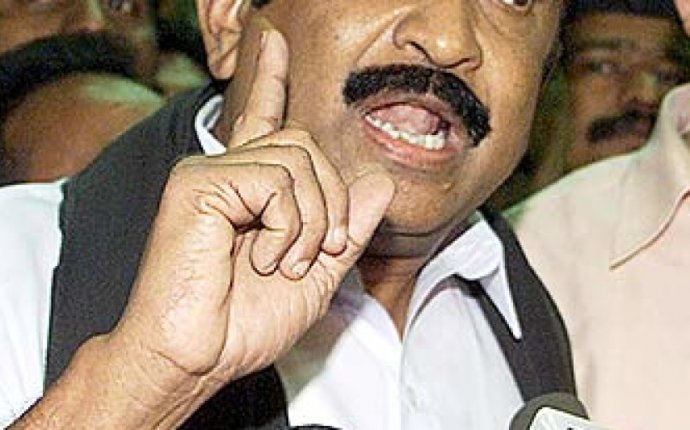
How to know about Share market?
These days we have a really unique treat –Nitin Rao is a blogger within the Indian areas, but he blogs in English at their completely new site Alpha Tips. As regular visitors understand, I’m captivated by the markets of emerging and frontier countries. As a result, I’ve requested Nitin to write a guest post to show some not so well-known facts on Indian areas. This really is great stuff. – JB
***
10 Issues Have To Know About India’s Stock Market
1. Equity Averse: Indians tend to be hugely equity averse. Just 1.2per cent of Indian home cost savings is right purchased shares (2010-2011). This amounts to a laughable figure of 2.5 Billion bucks for the entire Indian household populace .
2. Low Participation: In a nation of 1.2 billion, there are only 20 Million demat reports (ed: a dematerialised account fully for individual Indian residents to trade in detailed stocks or debentures in electric kind) and 248 profile supervisors.
3. People from other countries vs Locals: International Institutional Investors (FIIs) hold a larger stake in listed Indian organizations (10.45per cent) than the connected stake of Indian Mutual Funds (2.68percent) and Indian Financial Institutions/Insurance organizations (5.32per cent)
4. Inflows vs Outflows: In January -March of 2012, international Institutional Investors (FIIs) spent $8.89 Billion in the Indian stock markets. In the same duration, domestic establishments such mutual funds, insurers etc offered around $4 Billion well worth.
5. Complete marketplace Cap to GDP: current (2011) marketplace Cap to GDP ratio is around 86. In the last 19 years, the proportion ranged from a minimal of 25.1 (!) in 1992-93 to increased of 101 in 2007-2008.
6. Exchanges: the 2 primary stock exchanges for Equity Trading in Asia would be the Bombay stock market (BSE) and also the National Stock Exchange (NSE). BSE could be the earliest stock exchange in Asia and claims to really have the largest amount of detailed organizations on earth. However, of 8900 scrips (stocks) detailed, no more than a third (around 3000) are traded everyday.
7. Amount: The day-to-day return in Equity money part of National Stock Exchange (NSE) is about $3 billion hence of Bombay Stock Exchange (BSE) is half a billion bucks. Three fourths (75%) associated with the return can be related to the most effective 100 scrips.
8. Derivatives: The National stock-exchange (NSE) has a monopoly into the Equity Derivatives market. It ranks quite high in international ratings for quantity of contracts traded – second in Stock Index Alternatives, 3rd in Stock Index Futures and 3rd in solitary inventory Futures. The day-to-day return when you look at the types portion is just about $30 Billion.
9. Agents vs Algos: Around 70% associated with the trading amount is done by the top 100 brokers. Algorithmic and co-location trading taken into account about 25per cent of types amount and around 30% of equities volume on NSE and BSE.
10. Foreign Investors Now enjoy: earlier in the day international citizens had been prohibited from trading directly in the Indian stock areas but since Jan 2012, these restrictions are withdrawn and now they're allowed to take a position freely.
Thanks Nitin! I have a principle that frontier and rising market shares have their biggest moves upon as soon as of finding together with floodtide of liquidity. We’ve seen it with the BRICs and with Eastern Europe and Latin America. Within the next decade, I think India is going to be re-discovered given that it’s starting its areas up to external money this way, I am as excited about India as I are about Africa.









